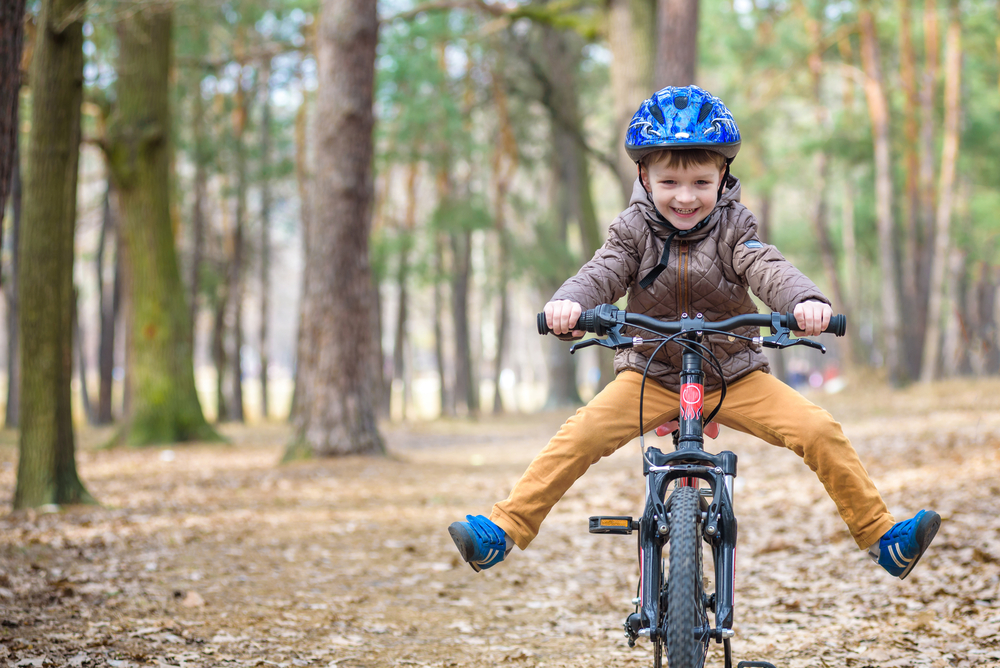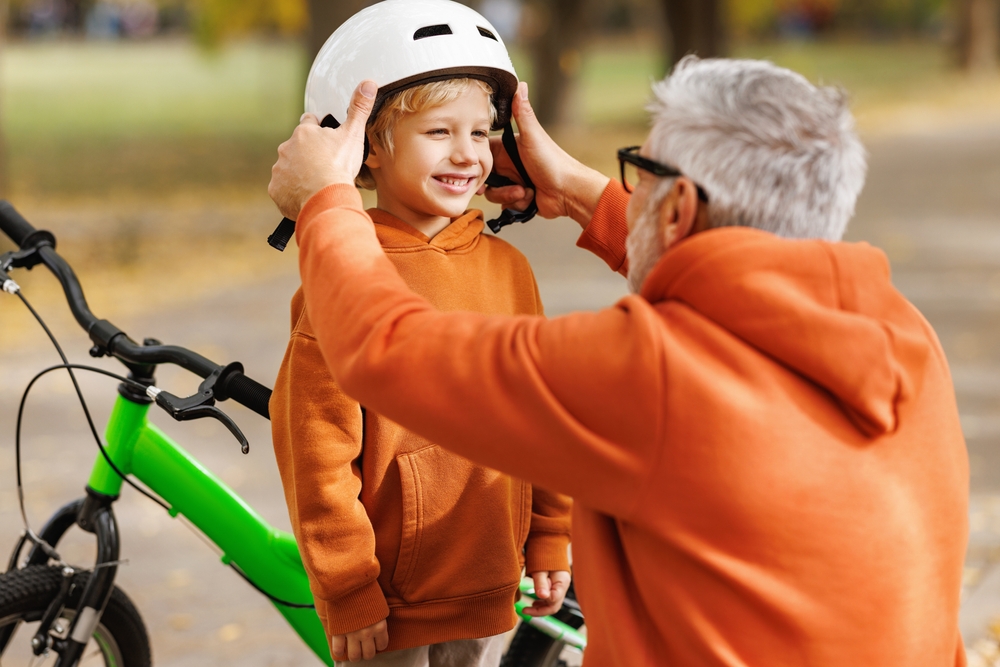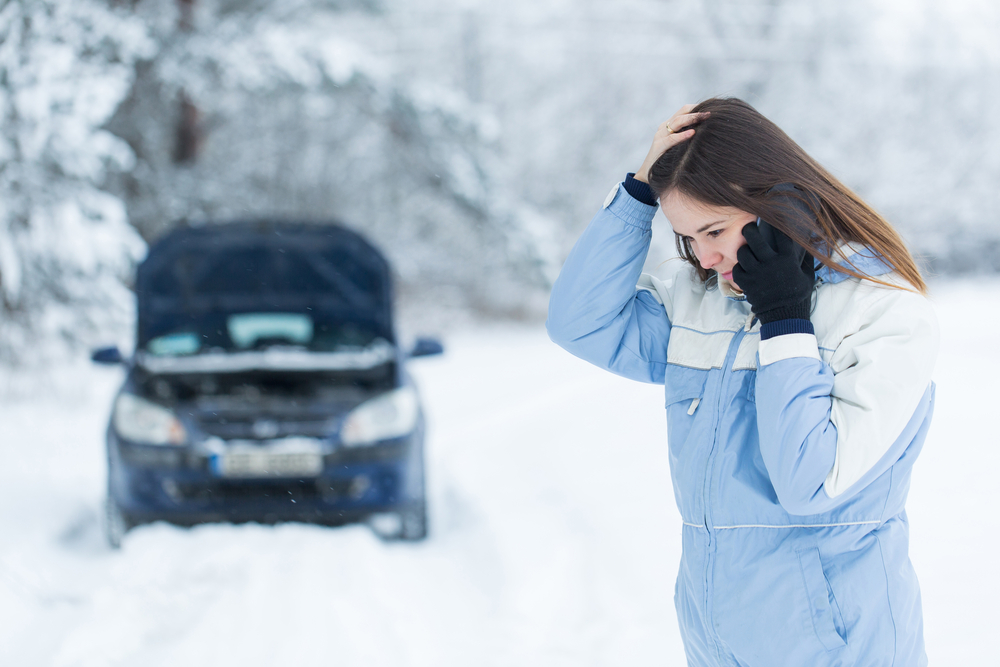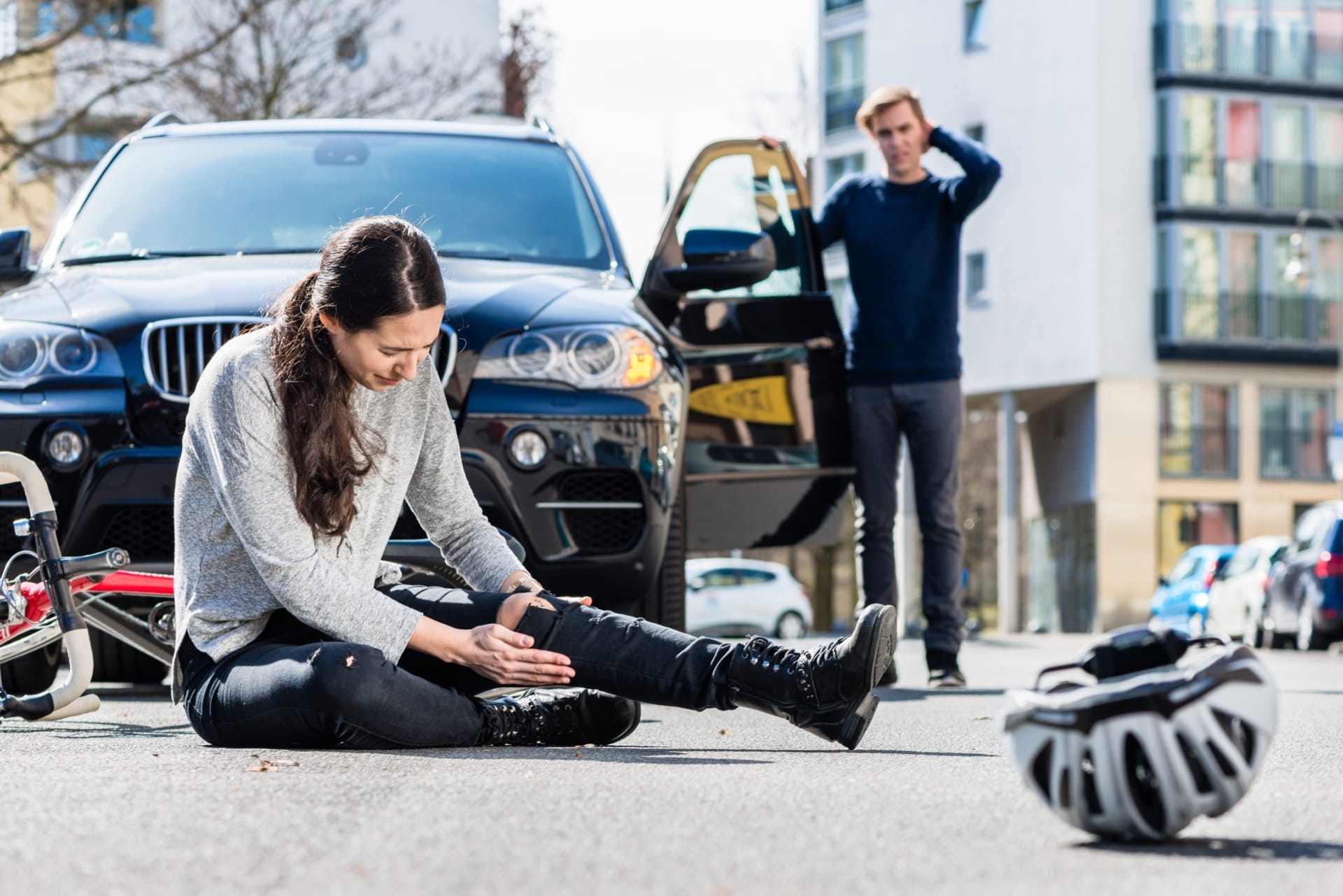Why Children Are More Vulnerable in Bike Accidents

Written by Bradley Smith

Bike accidents involving children are more common than many realize, making their vulnerability a critical issue for parents and caregivers. Children are more vulnerable in bike accidents because their smaller size, developing motor skills, and limited experience reduce their ability to react quickly to hazards. This combination significantly increases their risk of injury in crashes.
A child’s physical and cognitive development means they cannot protect themselves as effectively as adults. They often fail to judge traffic speeds or distances accurately, which leads to more frequent and severe accidents.
Key Factors Making Children More Vulnerable in Bike Accidents
Children’s physical traits, decision-making skills, and brain development all contribute to their increased risk of bike accidents. These factors affect how well they control their bikes, recognize dangers, and react to unexpected situations on the road.
Physical Differences Between Children and Adults
A child’s smaller size makes them less visible to drivers and other cyclists. This reduced visibility increases the chance of accidents, especially in traffic or crowded areas. Children also have less muscle strength and less developed balance compared to adults. This can affect their ability to control their bike, especially at higher speeds or on uneven surfaces.
Their shorter legs limit their ability to reach pedals and brake handles efficiently. You should ensure the bike fits properly to help improve control and reduce accident risks.
Limited Experience and Judgment
Children lack the experience needed to anticipate road hazards or traffic patterns. Their decision-making often relies on impulsive reactions rather than careful analysis of their surroundings.
Because they haven’t had many opportunities to ride in complex traffic situations, your child may misjudge distances or speeds of vehicles. This can lead to dangerous crossing or merging attempts.
They may also fail to recognize the importance of protective gear or fail to use hand signals consistently, increasing their vulnerability.
Impact of Cognitive Development on Safety
A child’s brain is still developing, which affects attention span and the ability to process multiple stimuli simultaneously, which can slow their reaction times in emergencies. You might notice they struggle to focus on traffic signs or may not fully understand risks like running a red light or motor vehicles approaching fast.
Young children are often in the concrete operational stage, meaning abstract safety rules like “always yield” aren’t fully grasped. This limits safe decision-making while biking.
Legal Considerations and the Role of Smith & Weidinger PLLC
You need to understand both the specific legal protections governing children on bicycles and how expert legal support can help if accidents occur. Awareness of the laws and clear guidance in pursuing claims is vital to protect your child’s rights and secure proper compensation.
Bicycle Laws Related to Children
Children are often subject to laws that vary by state and local jurisdiction regarding helmet use, age restrictions, and riding locations. For example, many states require helmets for riders under 16, and some restrict children to sidewalks or bike paths.
These laws aim to reduce injury risks but can be complicated. You should know your area’s requirements on bike equipment, visibility gear, and supervision rules. Failing to comply may impact legal outcomes if an accident happens.
Traffic laws also factor in, such as rules about yielding, use of signals, and riding with traffic flow. Knowing these can clarify liability in a collision involving a child.
How Smith & Weidinger PLLC Supports Families
Smith & Weidinger PLLC specializes in representing families after bicycle accidents involving children. We help you navigate complex liability issues and ensure all applicable laws regarding your child’s safety are considered.
Our team assesses fault, gathers evidence, and builds strong claims to pursue fair compensation. This includes medical expenses, rehabilitation costs, and emotional distress, where applicable.
You receive personalized assistance with paperwork and negotiations, reducing stress during recovery. Smith & Weidinger PLLC’s experience can increase your chances of obtaining maximum compensation based on your child’s unique circumstances.
Effective Preventive Measures for Child Bicycle Safety
You can reduce the risk of accidents by focusing on the right safety equipment and proper training. These steps help children build safe habits and protect them during unexpected situations on the road.
Proper Safety Gear for Children
Ensure your child always wears a helmet that fits well and meets safety standards like CPSC certification. A properly fitting helmet can significantly reduce head injuries.
In addition to helmets, equip your child with knee and elbow pads for extra protection, especially during early learning stages. Bright, reflective clothing improves visibility, which is crucial when riding near traffic or in low-light conditions.
Check the condition of the bike regularly, including brakes, tires, and reflectors. Maintain a size-appropriate bike to ensure your child can control it comfortably and safely.
Education and Awareness for Young Cyclists
Teach your child the basic rules of the road clearly, including stopping at stop signs, signaling turns, and watching for cars and pedestrians. Practice these rules together in safe, low-traffic areas before moving to busier streets.
Use role-playing or visual aids to reinforce situational awareness. This helps your child recognize hazards like opening car doors or uneven pavement.
Encourage riding in designated bike lanes or paths whenever possible and stress the importance of avoiding distractions such as headphones or mobile devices while cycling.

Ensure Your Child’s Safety While They are Riding
You need to recognize that children’s physical development and limited experience increase their risk in bike accidents. Their smaller size and slower reaction time make it harder for them to navigate traffic safely.
Ensuring child safety on bicycles requires your active involvement. Use age-appropriate helmets and safety gear every time they ride. Teach them clear rules about road behavior and supervise their cycling, especially near busy streets.
You can also improve safety by choosing safer routes, such as bike paths or low-traffic areas. Establish regular practice sessions to build your child’s confidence and skills gradually. Key points to remember:
- Children have weaker motor skills and slower decision-making.
- Proper helmets reduce head injury risk but don’t eliminate it.
- Consistent adult supervision and education are essential.
By focusing on these practical steps, you help create a safer environment for young cyclists. Your efforts can directly reduce their vulnerability and improve their overall biking experience.
Note: The information provided in this blog post has been compiled from publicly available and secondary sources. While we strive for accuracy, some details may become outdated or contain inadvertent errors. If you believe any information is incorrect or requires updating, please contact Smith & Weidinger so that we may review and make the appropriate corrections.
Disclaimer: This blog post is for informational purposes only and is not intended as a solicitation for business. The photo used is not from the scene of the incident described. Viewing this content does not create an attorney-client relationship with Smith & Weidinger. If you have been injured in an accident, please seek immediate medical attention and then consult with a qualified attorney to discuss your legal rights and options.










